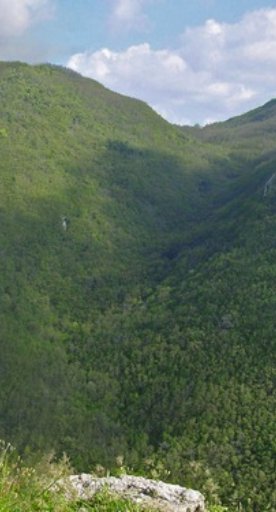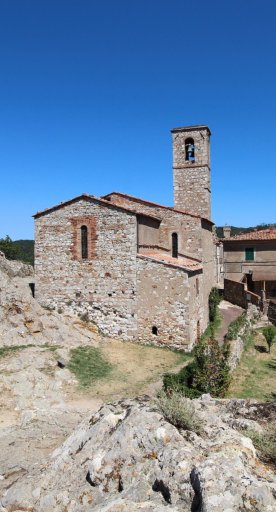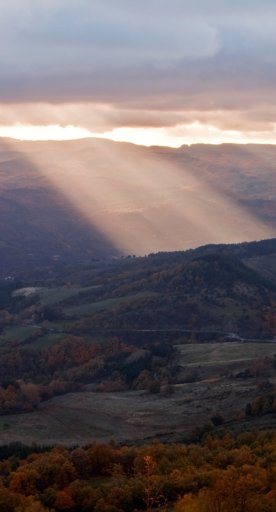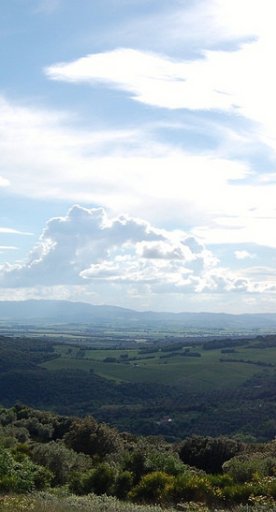Northern Maremma

Crystal-clear sea, nature reserves and resources pulled from the bowels of the earth
Show more
Northern Maremma
Crystal-clear sea, nature reserves and resources pulled from the bowels of the earth
Go to the area























